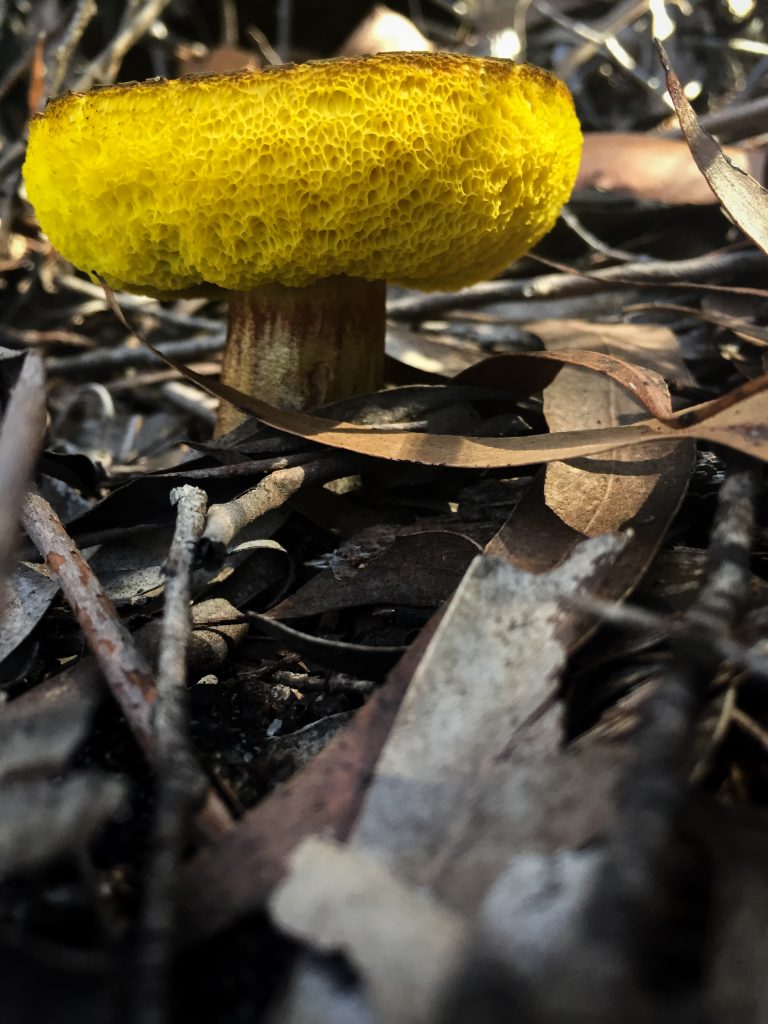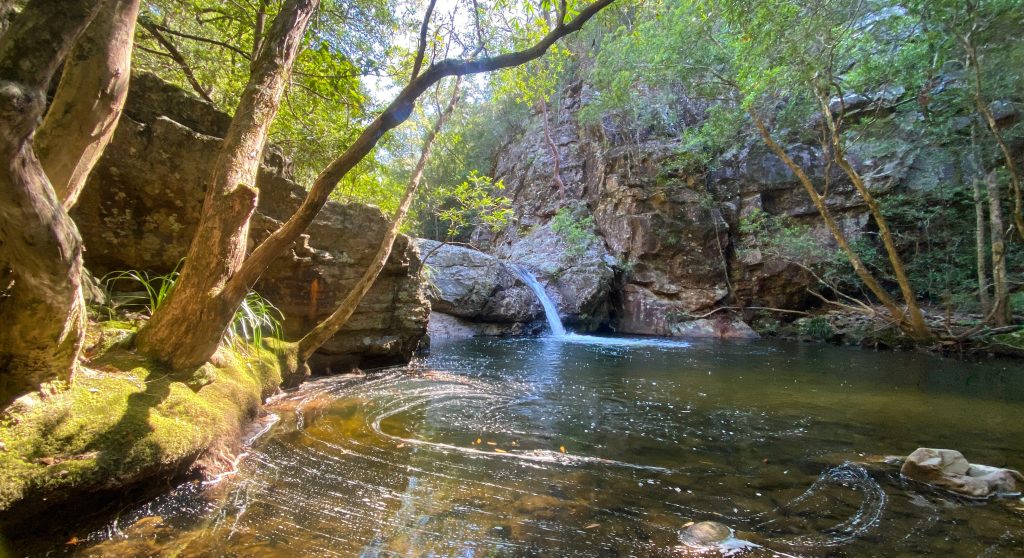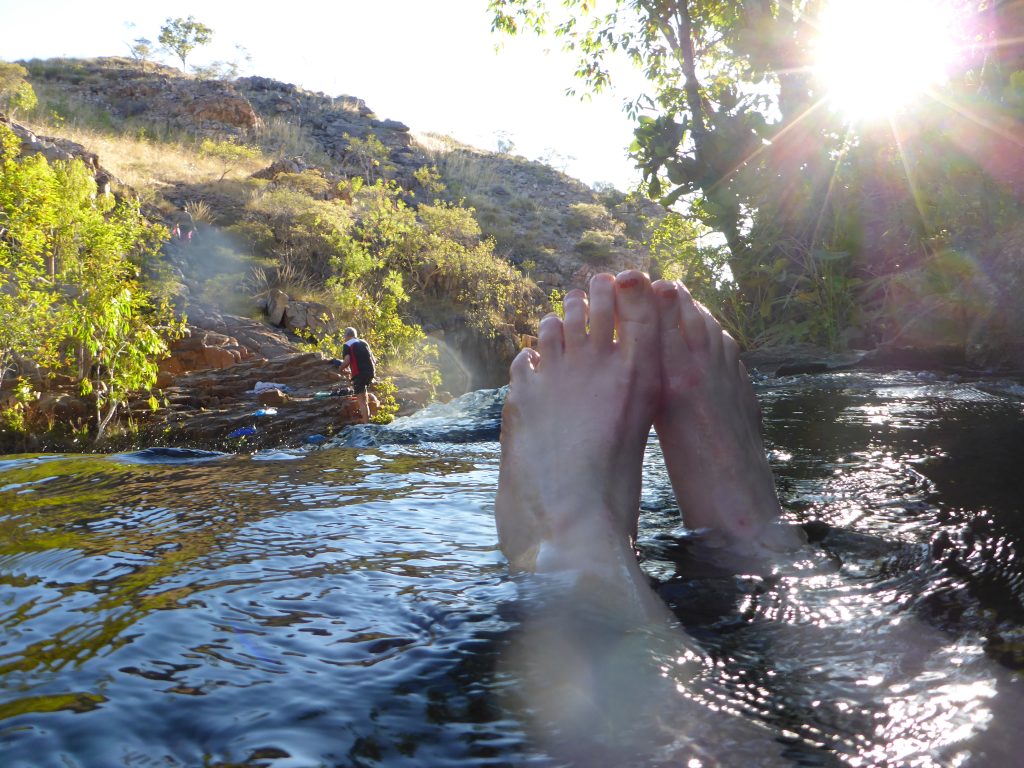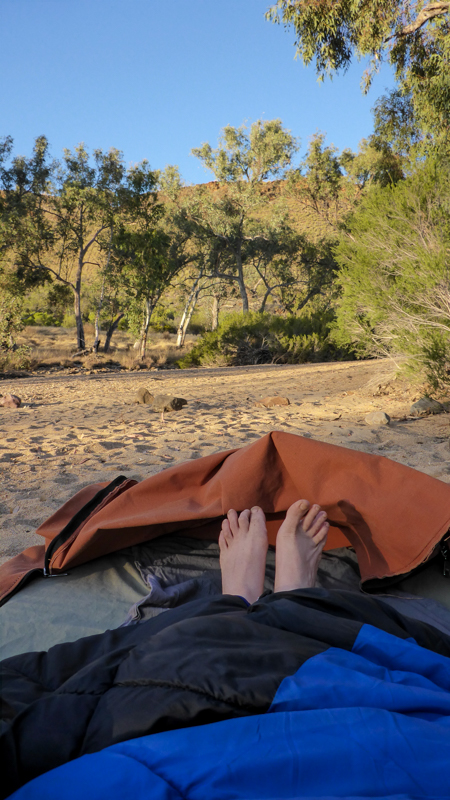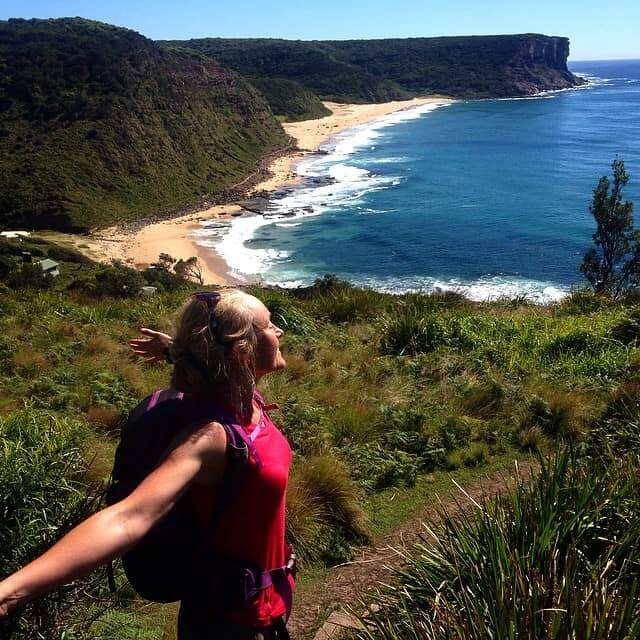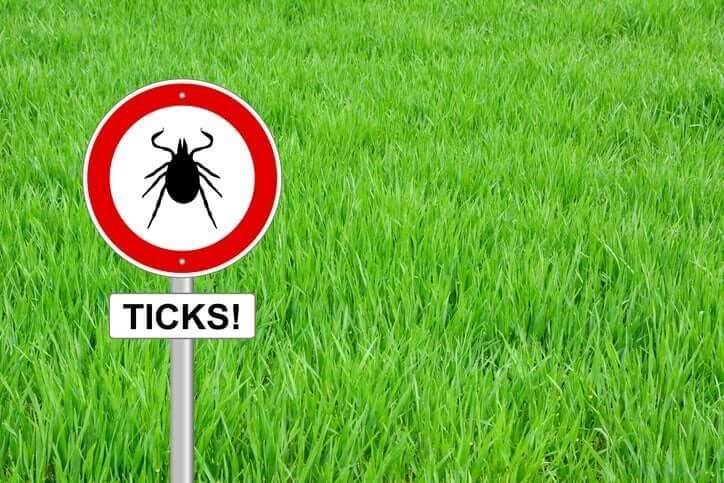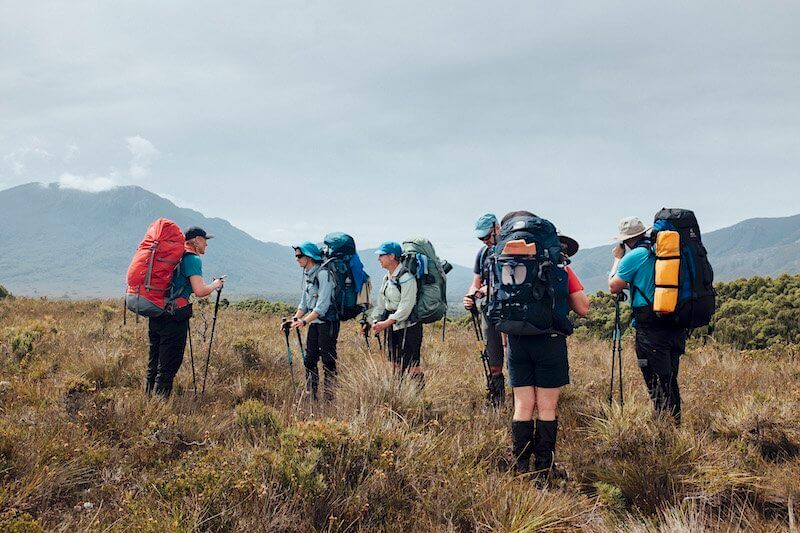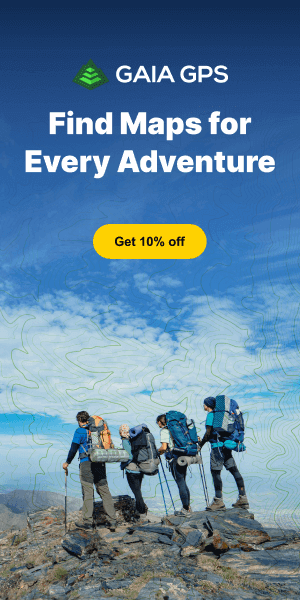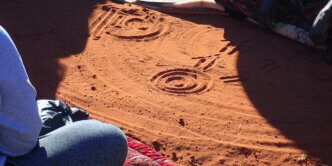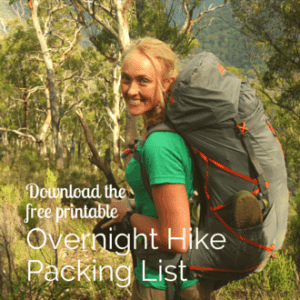Good and bad bacteria
It may come as a shock to the hardiest of solo-hikers out there, but we are not alone. It’s estimated that there are over 100,000 trillion bacterial cells that make up our human microbiome.
We don’t tend to notice these (mostly good) neighbours in our comfy, urban lives; we cover them up or try to do away with them completely with regular washing with soap and the use of perfumed products like deodorant.
Heading out for a bushwalk means stepping away from everyday hygiene routines. If we don’t do a bit of careful planning on how to look after our lady* gardens, we could be adding unnecessary discomfort, pain or even illness to our adventures. And whilst most people are aware of preventing things like blisters or an ill-fitting pack from ruining their hiking day, the itching, pain or fever from a UTI (urinary tract infection), thrush or other hiker hygiene-related issues can often come as a surprise.
So what is different about our personal cleanliness when we’re bushwalking? Is the environment dirtier than our concrete jungles? Probably not. In fact, I reckon if my city-bought sushi hits the pavement and has a 10-second rule, it stretches to 30-seconds in the bush. So what is different?
What’s different in the bush? 😉
The answer comes down to what we are asking of our bodies in the bush: exercise – for hours, days or weeks at a time, sweat – 99% water, 1% salt and other funky traces like lactic acid, fat and urea, chafing – through constant friction from exercise, clothes – unwashed clothes holding all that crustiness (often with man-made fibres), dehydration – from sweating and exertion and fermenting our wonderful, human-stink with days between showering. Yep, just letting those 100,000 trillion bacterial cells really feel at home… and smell like it. Did you know that odour happens when sweat metabolises with bacteria on our skin?
Now, this isn’t about healthy, everyday, natural body odour; hey, let those pheromones run wild. I’m talking about next-level symptoms of something not being in balance or healthy within our bodies. If we spend all our lives smothering our bodies in perfumed products, we rob ourselves of knowing what our natural, healthy body smell is.
Other symptoms (none of which will have you writing a ‘wish you were here’ postcard) include: redness, itchiness (that can’t be scratched away – at least in polite company), pain, increased discharge, discomfort (Every. Single. Step.), fever (and generally feeling unwell that comes as infection progresses) underwear that should be burnt at the stake and a desire to become a naturist. I’m really selling it, I know.
How to avoid UTI’s when hiking
Now that we know what causes these issues and why it is important to avoid them, here are some simple things we can do about it:
1. Wash
One of the lightest and cheapest things you can add to your packing list is an old-fashioned ‘Chux’ style dishcloth. Each night when you get to camp and boil the billy for a cuppa, add an extra cup to the pot and let it cool enough for a sponge bath. Head off to your tent (or a lovely sunny spot) and have a good wash. My granny used to call it an APC (armpit and crotch) when they were living in tough times – I strongly recommend washing the face first! You could even splash out on your ‘Chux’ budget and take a second one for drying yourself. Much lighter and less bulky than a travel towel and they dry much quicker. This avoids the never-say-die (or breakdown) ubiquitous wet wipes.
If you are walking near creeks or swimming holes, a good swim does wonders for removing the salt crust and making you feel new all over. Just remember not to use soaps (even those labelled biodegradable or nature safe) as they introduce things to our precious ecosystems that don’t occur naturally. Whilst you are in there, make sure you rinse your lady (or man) bits well and wash downstream from anywhere people might be gathering their dinner water. Added salt anyone?
2. Drink
Monitor the quality and how much you are peeing. Not peeing much? Dark and stinky? Keep things flowing and help to avoid UTI’s by flushing your system and being properly hydrated. [Read my article on treating drinking water here and how to carry water here].
3. Wipe
Having leftover wee hanging around in our undies keeps things damp and can possibly lead to stinkiness and UTI’s. The rise in the popularity of the pee-rag (eg. Kula Cloth) over recent years has helped remove the (unnecessary) ick-factor associated with using this wee (see what I did there?) 15cm square piece of cloth (instead of toilet paper) and then hanging it on the back of your pack to dry and sanitise under the UV of the sun. You could always use toilet paper and either carry it out in a ziploc bag, or bury it 15cm down if dealing with #2’s at the same time as #1’s. Oh and don’t forget to wipe front-to-back to help keep the lady garden free from pests. I’ve got a whole article dedicated to the glories of pee-rags here.
4. To line or not to line
Some people swear by wearing panty liners when hiking, but like wet wipes, they come with issues of extra waste to carry out.
5. Choose
Undies that make you happy. Natural fibres like merino or bamboo can do wonders for controlling odour, whereas quick-dry fabrics can be good too. Do your research and test out a couple of different brands if planning a long thru-hike. On trips up to 5 days, I carry a fresh pair for each day (I know, luxury!). For longer trips I take 2-3 pairs and rinse them out when having a wash. Dry them either on your pack on a sunny day or with your body warmth between your mat and sleeping bag overnight. First, wring them out/wrap them in the Chux cloth to remove as much moisture as possible.
6. Easy breezy
Try sleeping without undies to feel the wind in your hair and bits. This helps dry everything out, unhindered, overnight.
7. Have a period plan
which takes hygiene into account. It might mean a different method to what you would do at home. You can read more about that here.
And whilst not strictly about hygiene, chafing is actually tiny microscopic tears in the skin (ouch!) which could lead to wound care or infection.
Glide your way through chafing – Learn from trail runners and grease up with an anti-chafe lubricant in your known hotspots (eg: thighs, butt cheeks, bras), treat with petroleum jelly… or lip balm if you are caught short. Breathable (or even anti-chafe specific) undies can do wonders.
*whichever garden you identify with we all need to take care of them… in the bush.
This article first appeared in Great Walks Magazine.


